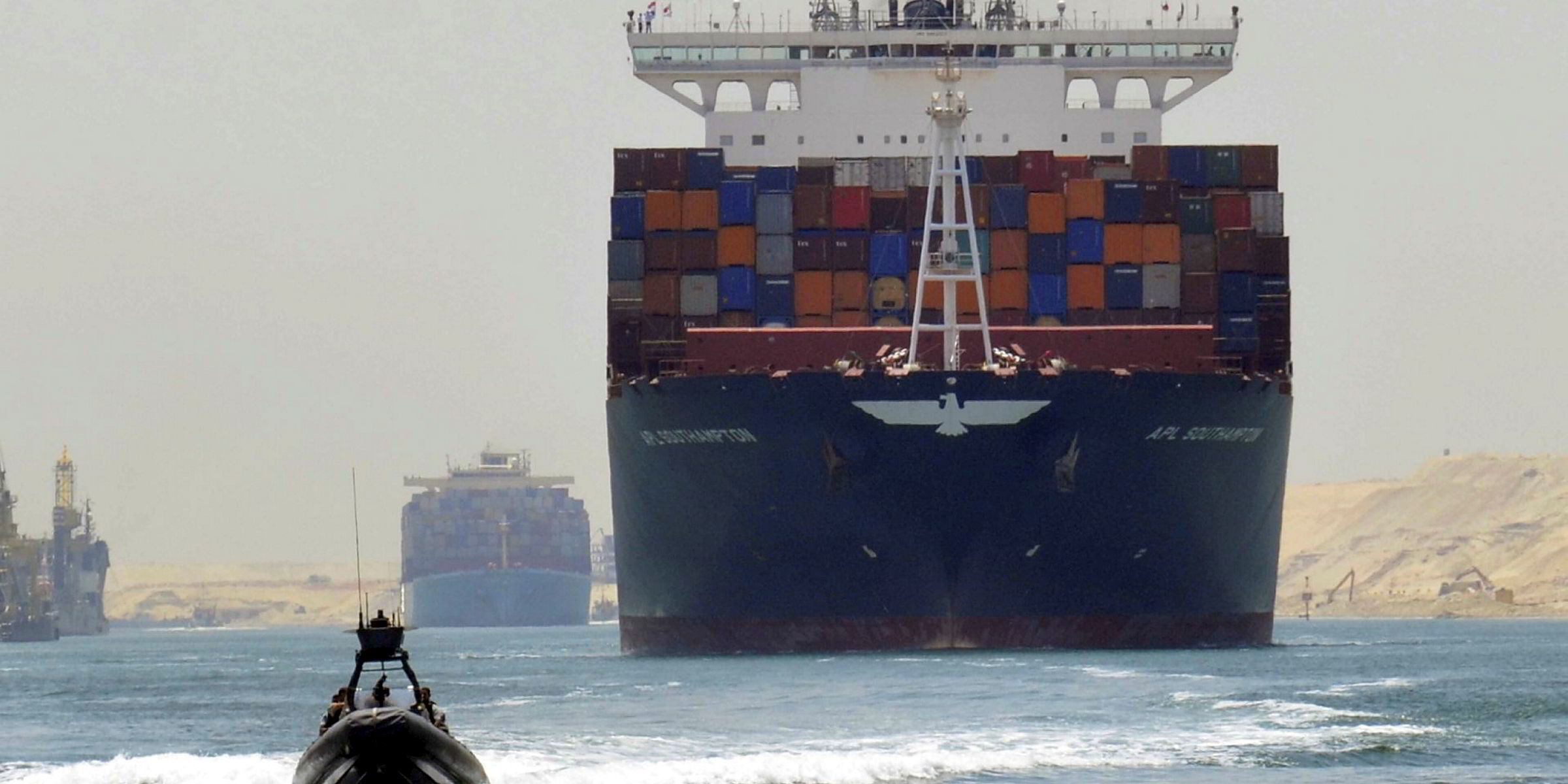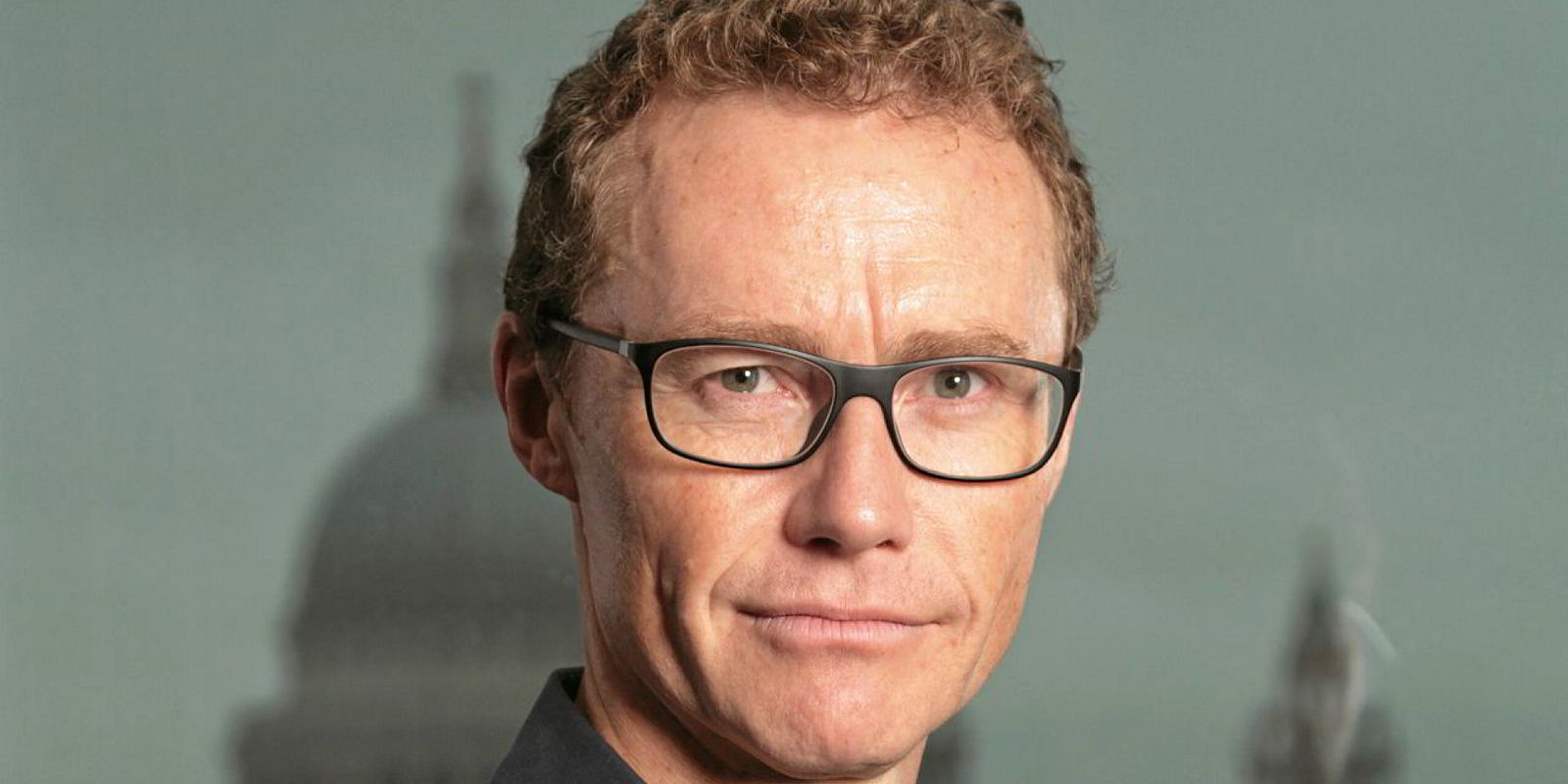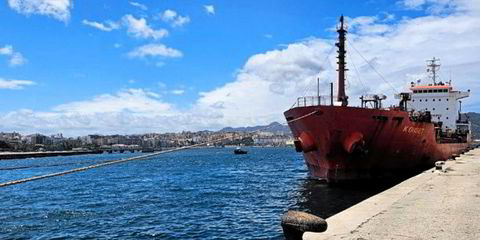Risk is integral to the very nature of shipping, and managing that risk is a fundamental part of every shipping business. But how should companies, and the industry generally, respond when risk is on a scale they as individuals can do little to influence?
The question is raised in a report on the implications of the continued expansion of the global dry cargo trade in food and fertiliser, and the inherent risks when much of that trade has to pass through a few physically narrow chokepoints.
In just 15 years, the proportion of grain and fertiliser traded internationally that has to pass through a smaller number of critical points has jumped by a quarter to 54% of the total.
According to researchers at Chatham House — the Royal Institute of International Affairs in London — this raises the risk of devastating knock-on effects for global food security in the event of severe disruption at one or more bottlenecks.
Compounding the concern is that the risks are little studied or understood, argues Chatham House.
Of the 14 trade chokepoints, eight are the world’s great maritime crossing points: the Panama and Suez canals, the Dover Strait, Strait of Gibraltar, Turkish Straits, Strait of Bab al-Mandab, Strait of Hormuz and Strait of Malacca.
In addition, there are three major port chokepoints: the US Gulf Coast, southern Brazil and the Black Sea, and the inland road and rail networks serving those regions.
Shipping has always dealt with the problems caused by disruption in these areas. And it should be acknowledged that when port congestion occurs, it can be a fillip for shipowners due to the excess capacity absorbed as ships have to queue for berths to load or unload cargo.
However, the world’s rising reliance on global trade to supply food is heightening the potential implications of any lasting disruption or closures.
Today, global trade moves enough maize, wheat, rice and soybean to feed 2.8 billion people, along with 180 million tonnes of fertiliser to sustain those crops.
In the past 15 years, every one of the world’s eight maritime chokepoints has seen transits closed or disrupted temporarily, ranging from a terrorist attack on a ship in the Suez Canal, to drought causing low water levels in the Panama Canal, to industrial action by fishermen blockading ports in the English Channel.
These hazards fall into three main areas: weather and climate-related disruption; conflict, political instability and piracy; and institutional action to restrict passage, such as import or export controls.

While the risks of disruption to traditional maritime crossing points may be fairly clear, the hazards for ports and their hinterland are less so. Chronic underinvestment in infrastructure is creating a double deficit, according to Chatham House, with a lack of inland transport and port capacity to handle growing trade volumes, as well as a lack of resilience to the impact of climate change events such as severe droughts and floods.
These problems are visible at ports in the US Gulf, southern Brazil and the Black Sea region. Yet there appears little political engagement to understand or address the problems that might arise.
One of the few countries that appears to be actively engaged in reducing its exposure to these risks is China, since 87% of all its grain and fertiliser passes through at least one chokepoint.
Chinese companies are major investors in port and hinterland freight transport projects in South America — to reduce dependence on the Panama Canal — and the One Belt, One Road project, which includes new port links in South Asia, which will lessen reliance on Malacca Strait transits.
Although these projects may reduce some stresses in the system, such a unilateral response may not reduce the risk for developing nations that would be most exposed in the event of a significant crisis.
In theory, freedom of navigation is protected under the terms of the United Nations’ Convention on the Law of the Sea (UNCLOS).
But confidence in that regime has been undermined by China’s rejection last year of a UNCLOS ruling that supported claims by the Philippines over territory in the South China Sea.
Individual shipping companies can do little to influence the reach of the UNCLOS legal regime, or the need for significant infrastructure investment.
They simply have to get on with their job, assessing and managing the realities of these chokepoint risks, something that is inherent in day-to-day operational decisions on routing and trading.
There is a lesson at the strategic level, however. Such chokepoint risks — while unavoidable — will demand fast responses from companies to manage their trade in a world that is increasingly politically volatile and at times unstable.




